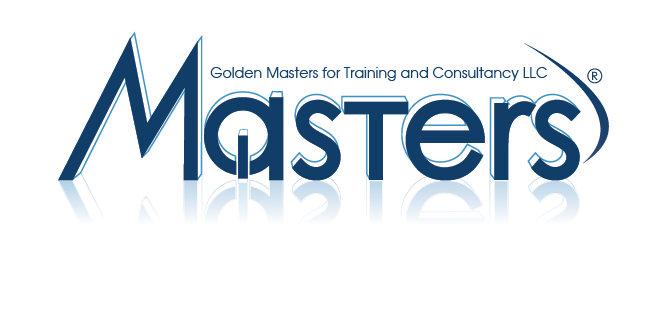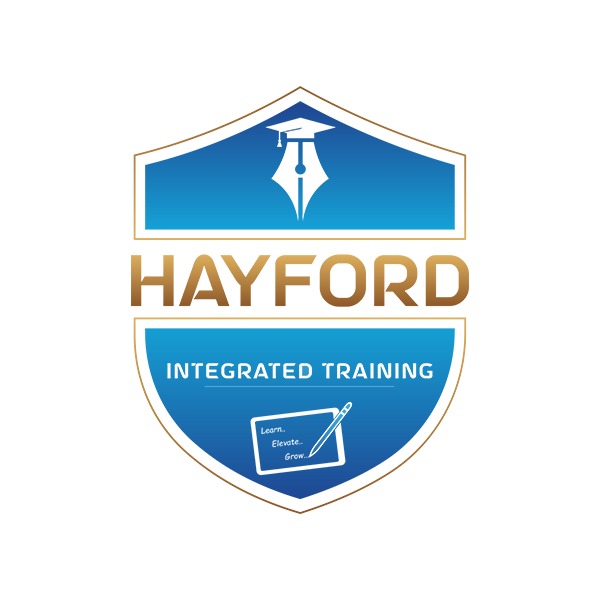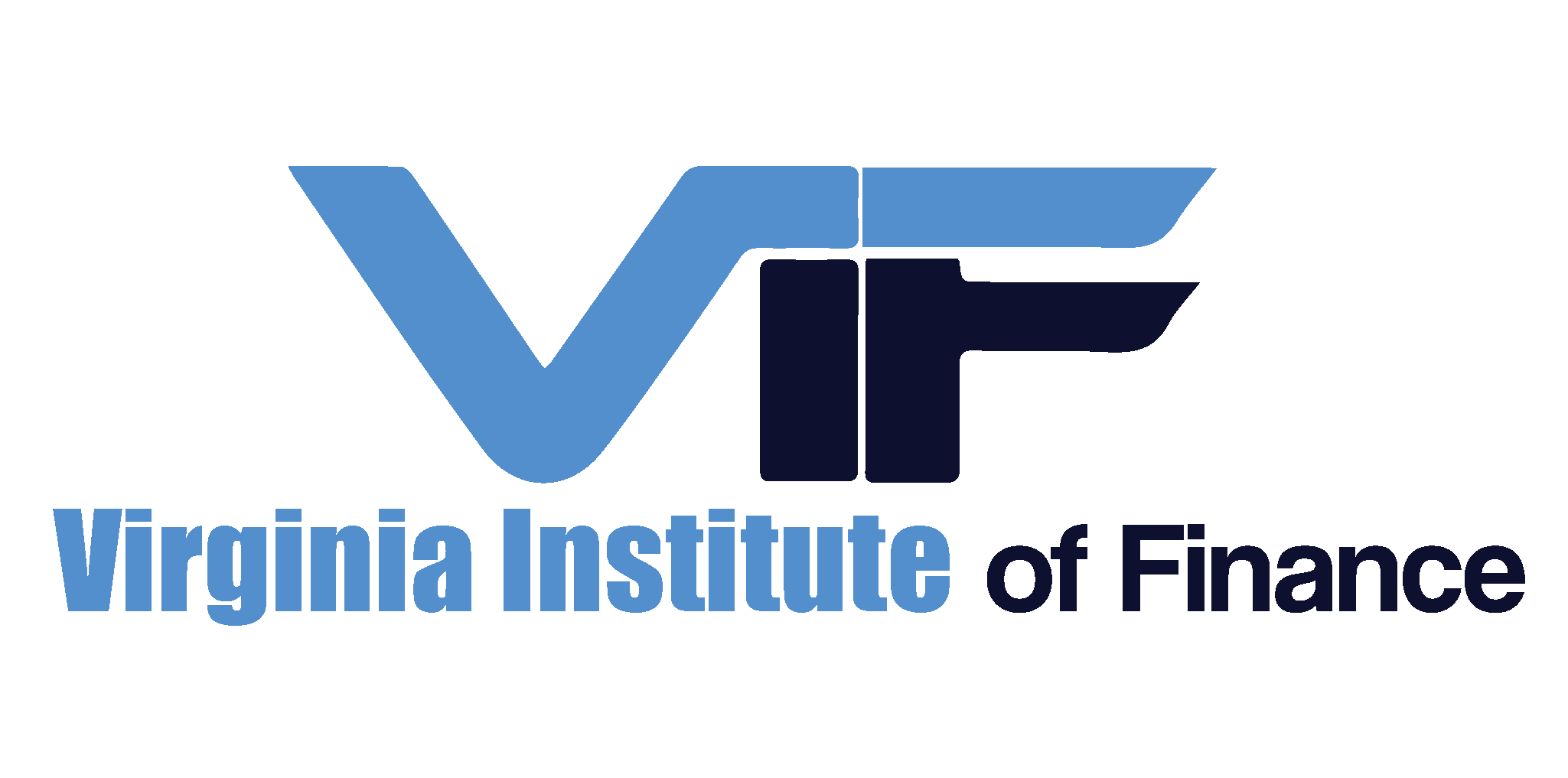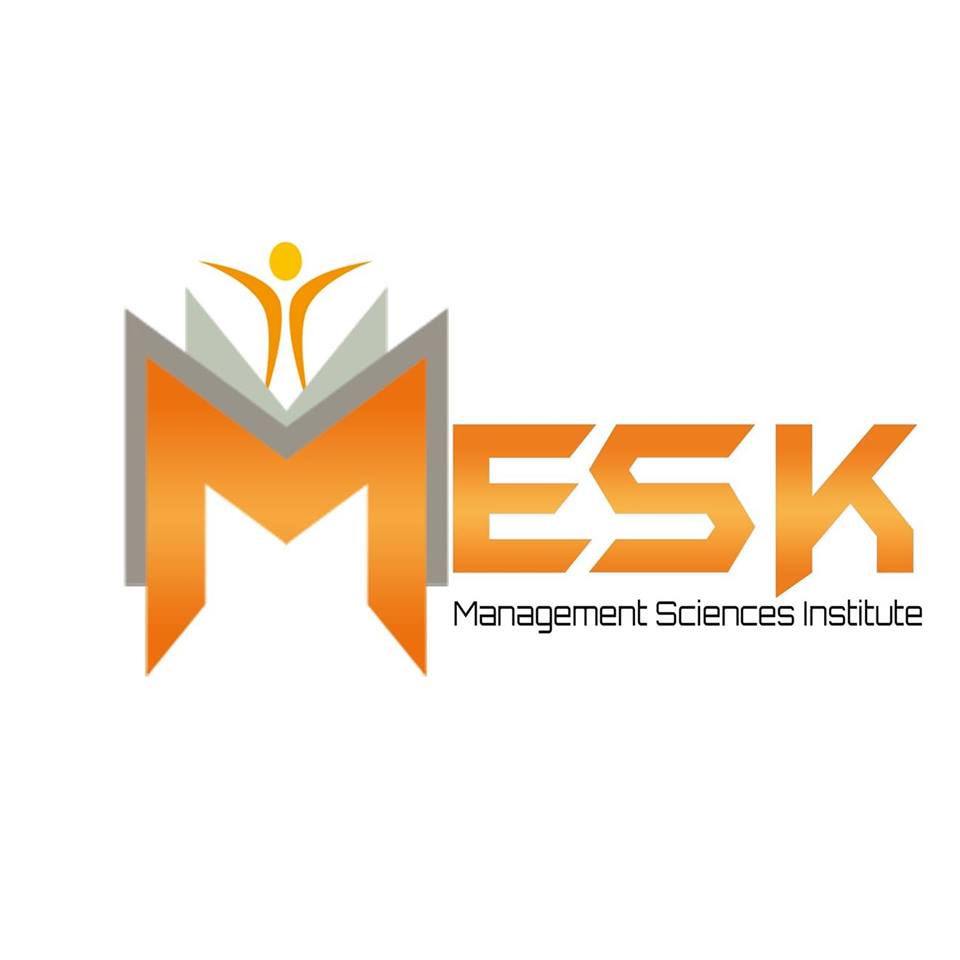By attending this course you will develop an in-depth understanding of fast close processes, policies and systems and the practical steps needed to improve your current close processes and systems to achieve world class fast close goals, both at the local books and consolidation level of your organization.
You will improve data quality and free up your finance staff to focus on activities that add greater value to your organization, such as business partnering, higher quality analysis and focusing on business forecasting and budgeting and participating in new project initiatives.
The course is comprehensive across the whole supply chain of information needed to achieve consolidated financial results. It will cover both fast close principles applied to the closure of your company’s local ledgers as well as the process of consolidation across the multiple companies making up your group.
You will also cover the appropriate best practice in quality control in recording transactions in the subsidiary, closing the books monthly and performing the group wide consolidation. The Paragon methodology that you will be coached is designed to be used at all levels of the organization and will enable you to run your own projects to accelerate the close.
Course Certificate
Masters Consultant certificate will be issued to all attendees completing minimum of 75% of the total tuition hours of the course.
Who Should attend?
This course is designed for those involved in the close process: Finance, accounting, financial control, finance and information systems and administration at the single company level or the group consolidation level.
Course Outline
Module I:
Introduction: Fast Close as a Project, the Methodology for Improvement and Kick Starting Your Local Close Project
- Introductions, agenda overview and objective setting
- Understanding the internal and external benefits and advantages of the local fast close
- Setting up and managing a fast-close project, at any level of the company
- An overview of a proven methodology for executing fast close at local close and consolidation level
- External benchmarks - what is a “best practice” local close and consolidation close
- Creating and exploiting internal bench marks and measures
- Why sponsorship matters for a fast close project
- Stakeholder management
- The holistic view of local company fast close projects
- Your local close process maturity profile
Systems and How They Can Be Used To Support Local Entity Fast Close
General Ledger and Local Transaction Systems
- How these systems can facilitate fast close
- Process monitoring and management
- Exploiting your local ERP solution to help accelerate the local close process
- Close process key task automation (e.g. account reconciliation)
- Choosing the right systems options for your organisation
- Implementation issues and where they fit in the roadmap
Module II:
The Diagnostic Process – Understanding the “As-Is” And Identifying the Opportunities for Improvement To The Close At The Local Company Level
- The tools and techniques needed to improve your local close cycle during the diagnosis phase
- Process mapping
- Critical path analysis
- Root cause analysis
- Deliverables from an “as-is” analysis
- Mapping and documenting current processes
- Brown paper mapping
- Driving out issues and opportunities for improvement
- Utilising benchmark learning to drive out additional issues and opportunities
- Evaluating opportunities for improvement and deciding which to implement
- “Quick wins”, “slow burns” and rejected opportunities
- The critical path, process dependencies and gap analysis
- Cost and benefits analysis
Module III:
Design and Implementation Approaches For The Local Accelerated Close
- Designing the new local close processes
- Developing the road map for achieving excellence in local fast close
- Prioritisation of projects
- Cost benefit of projects and programmes
- Deliverables from the “to be” analysis phase
- Documenting the new processes, the Blueprint
- Creating the new critical path
- The pilot process for testing the Blueprint
- A check list for best practice in the local close process
- How to make sure inter-company processing supports local fast close
- Implementing irreversible fast close and how to ensure continuous improvement
- Organisational opportunities and the impact of other finance related projects (e.g. shared service centres, outsourcing, post merger/acquisition integration)
- Project resource and change management for fast close projects
- Project structures for implementation in the subsidiary project
- Key success factors for local ledger fast close projects
Implementing the New local Close Process
- Planning the transition (the method)
- How to create the implementation plan and estimate the resources
- Finalising the business case and seeking investment approval
- Involving the front office staff
- Implementing quick wins
- Training and education
- Systems updates
- Monitoring and measuring the local close process
- Dealing with obstacles and objections
- Making the change stick (mastery) and how to drive continuous improvement
- KPIs for the close process, selecting and implementing
Module V:
Introduction: Fast Closing as a Project and a Methodology For Improvement At A Consolidated Level
- Introductions, agenda overview and objective setting
- Understanding the internal and external benefits and advantages of fast close at the group level
- Setting up and managing a group wide fast close project
- An overview of a proven methodology for executing fast close at local close and consolidation level
- External benchmarks from Europe and the USA that help us understand what is “best practice” for
practice” for group wide consolidation close
- Creating and exploiting internal benchmarks
- Stakeholder management across the group
- The Group Wide Business case
- The holistic view of group wide fast close project
Module IV:
The Diagnostic Process – Understanding the “As-Is” And Identifying The Opportunities For Improvement At The Group Consolidation Level
- The tools and techniques needed to improve the group wide close cycle during the diagnosis phase
- Process mapping, critical path analysis
- Root cause analysis, blueprint development
- Deliverables from an “as-is” analysis
- Mapping and documenting central consolidation processes
- Driving out issues and opportunities for improvement
- Utilizing internal and external benchmarks and learning to drive out additional issues and opportunities
- Evaluating opportunities for improvement and deciding which to implement and “quick wins”
- The critical path, process dependencies and gap analysis
- Your consolidation and group reporting process maturity profile





